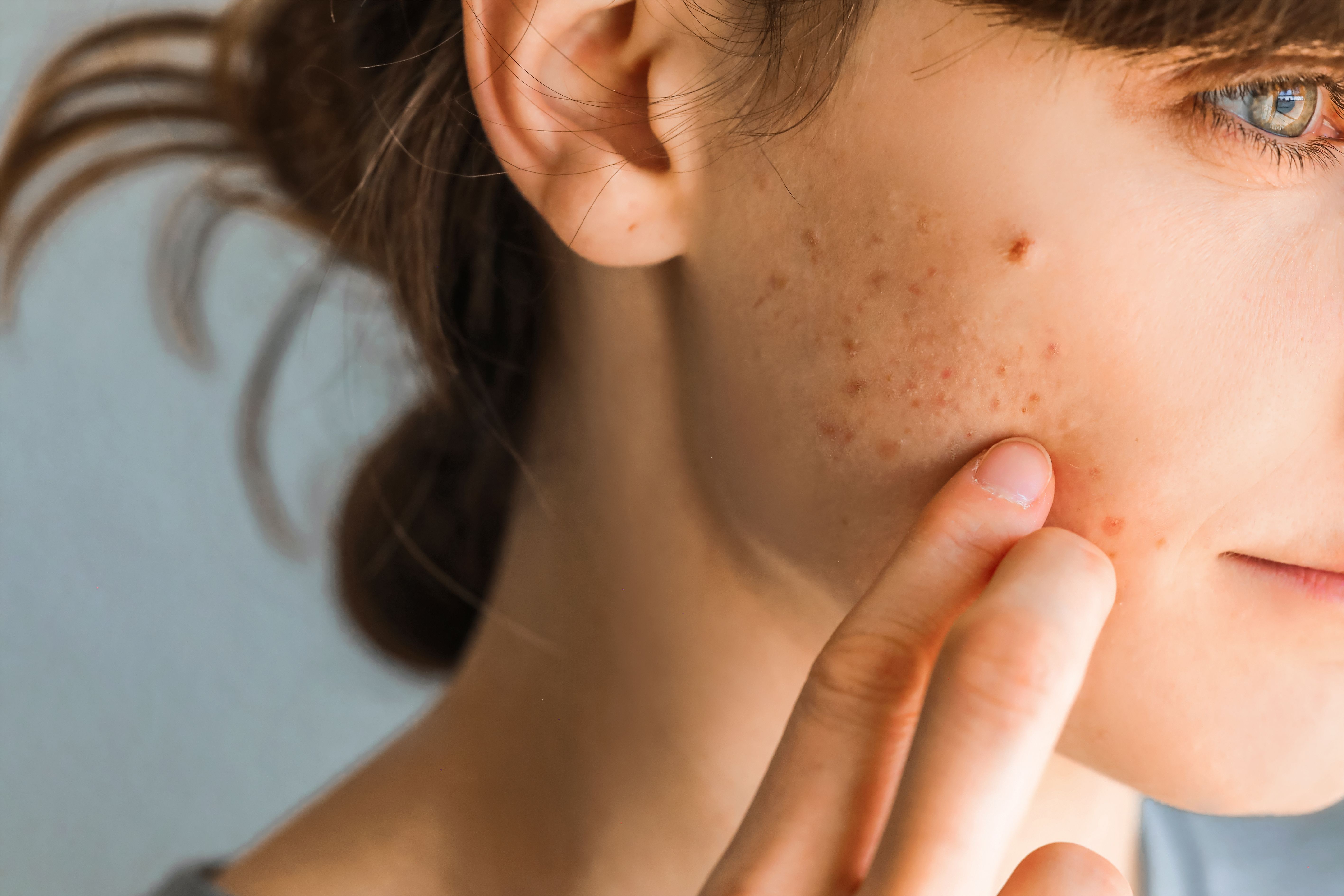- Acne
- Actinic Keratosis
- Aesthetics
- Alopecia
- Atopic Dermatitis
- Buy-and-Bill
- COVID-19
- Case-Based Roundtable
- Chronic Hand Eczema
- Chronic Spontaneous Urticaria
- Drug Watch
- Eczema
- General Dermatology
- Hidradenitis Suppurativa
- Melasma
- NP and PA
- Pediatric Dermatology
- Pigmentary Disorders
- Practice Management
- Precision Medicine and Biologics
- Prurigo Nodularis
- Psoriasis
- Psoriatic Arthritis
- Rare Disease
- Rosacea
- Skin Cancer
- Vitiligo
- Wound Care
News
Article
Abrocitinib Shows Promise for Prurigo Nodularis
Author(s):
The JAK1 inhibitor provided significant relief for 2 patients with refractory PN.
Image Credit: © this_baker - stock.adobe.com

Prurigo nodularis (PN) is often more debilitating than other inflammatory skin diseases due to the relentless itch-scratch cycle and limited effective treatments.1 PN involves complex interactions between the immune system and neural pathways, with elevated levels of inflammatory cells and cytokines like IL-4 and IL-31 contributing to severe itching.2 Recent advances in treatment include dupilumab, a dual IL-4 and IL-13 inhibitor approved by the FDA in September 2022, which has shown a favorable response in most patients. Additionally, nemolizumab, an anti-IL-31 receptor alpha inhibitor, has demonstrated positive results in phase 3 trials, and abrocitinib, a JAK1 inhibitor, is currently in phase 2 trials.3-4 Notably, 2 patients with refractory PN responded very well to abrocitinib monotherapy.5
Case 1: 50-Year-Old Man with 16-Year History
The first patient that saw success with abrocitinib monotherapy was a 50-year-old man with a 16-year history of pruritic, raised skin lesions and black dried blood spots on both lower legs. He was diagnosed with PN through pathological biopsy and had experienced ineffective results from various treatments, including glucocorticoids, hydroxychloroquine, doxycycline, and more. Researchers stated his condition was characterized by hyperpigmented nodules with central erosions. Despite high pruritus and impact on quality of life, researchers found treatment with oral abrocitinib (100 mg daily) led to rapid improvement within 1 week, reducing pruritus, inflammation, and lesion size. After 8 weeks, his symptoms and quality of life significantly improved, prompting a dosage increase to 100 mg twice daily. Further improvement was noted, but the patient was lost to follow-up.
Case 2: 38-Year-Old Woman with 3-Year History
The second patient that saw success was a 38-year-old woman with a 3-year history of recurrent, pruritic, pigmented plaques and nodules on her lower limbs. Researchers stated she had previously tried various treatments, including topical steroids and oral medications, without success. Despite normal lab results and a pathological report consistent with PN, her symptoms persisted. Researchers noted her pruritic intensity had significantly impacted her quality of life, leading to a series of examinations including a complete blood count, liver and kidney function tests, fasting sugar levels, thyroid tests, and more. All results were reported to be within the normal limit. After starting oral abrocitinib at 100 mg daily, she saw significant improvement in itching and lesions within 1 week, with near resolution of symptoms and only residual pigmentation after 8 weeks. Additionally, the patient reported improvement in overall pruritus, sleep, and quality of life. Researchers stated her condition has been stable for over 2 months with no adverse events and continues to be monitored.
Conclusion
Research has shown that inflammatory cytokines such as IL-4, IL-13, IL-17, IL-22, IL-31, and oncostatin M are significantly elevated in PN lesional skin, along with increased levels of Th2, Th17, and Th22 cells. These cytokines contribute to pruritus and skin inflammation through specific JAK-STAT signaling pathways. JAK inhibitors, such as abrocitinib, povorcitinib, and ruxolitinib, have shown promise in treating refractory PN, with case reports demonstrating significant improvements.
However, abrocitinib is associated with short-term adverse events like nausea and headache, and long-term use poses risks such as infections and thrombosis. Researchers stated it should be used cautiously, especially in high-risk patients and those with renal impairment. Overall, they found abrocitinib holds potential as an effective treatment for PN, but further studies are needed to confirm its long-term efficacy and safety.
References
- Huang AH, Canner JK, Khanna R, et al. Real-world prevalence of prurigo nodularis and burden of associated diseases. J Invest Dermatol. 2020;140(2):480-483.e4. doi:10.1016/j.jid.2019.07.697
- Labib A, Ju T, Vander Does A, et al. Immunotargets and therapy for prurigo nodularis. Immunotargets Ther.2022;11:11-21. 2022. doi:10.2147/ITT.S316602
- Zhang Z, Li S, Wang Y, et al. A real-world observational study of dupilumab treatment in adult patients with prurigo nodularis. An Bras Dermatol. 2023;98(4):440-448. doi:10.1016/j.abd.2022.09.008
- Kwatra SG, Yosipovitch G, Legat FJ, et al. Phase 3 trial of nemolizumab in patients with prurigo nodularis. N Engl J Med. 2023;389(17):1579-1589. doi:10.1056/NEJMoa2301333
- Liang J, Li W, Liu W, et al. Abrocitinib monotherapy for refractory prurigo nodularis: Report of two successful cases. Clin Cosmet Investig Dermatol. 2024;17:1793-1797. 2024. doi:10.2147/CCID.S470641
Newsletter
Like what you’re reading? Subscribe to Dermatology Times for weekly updates on therapies, innovations, and real-world practice tips.











